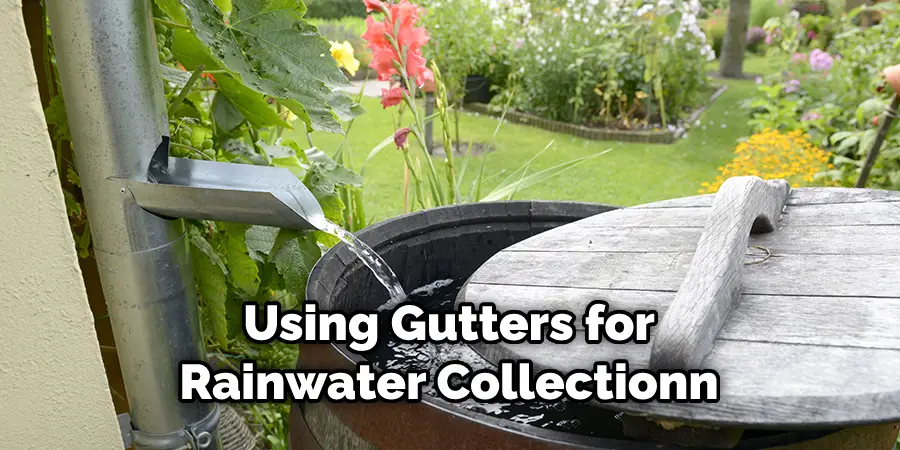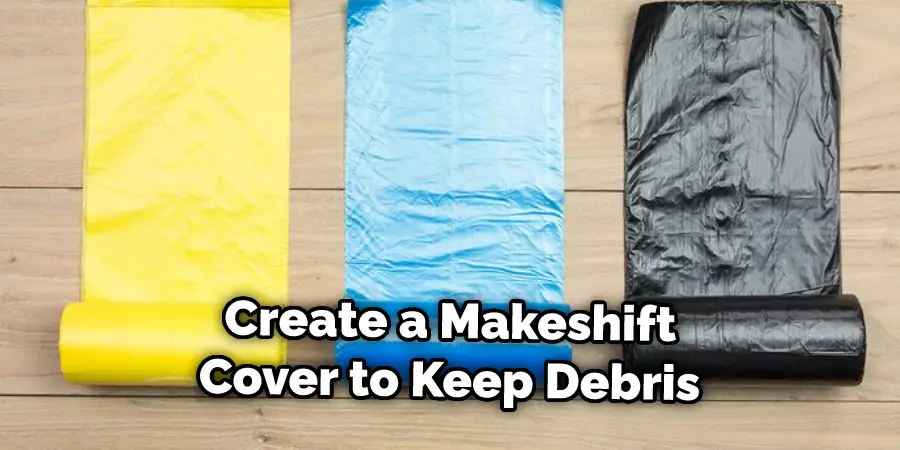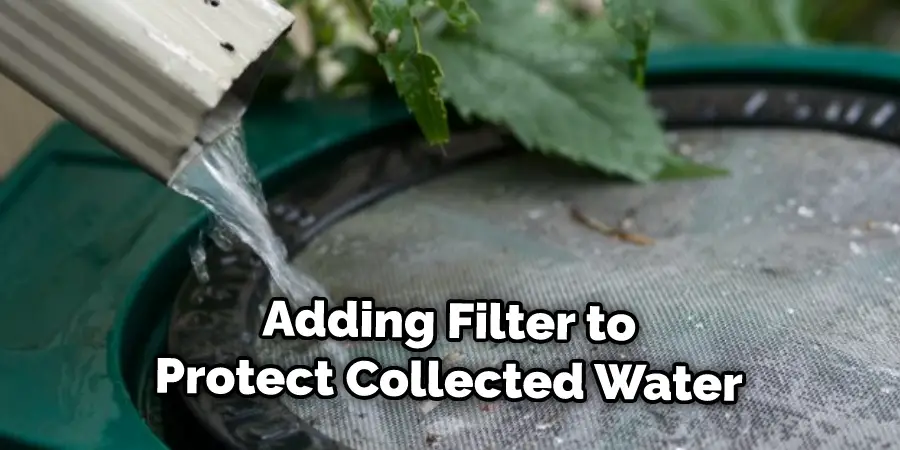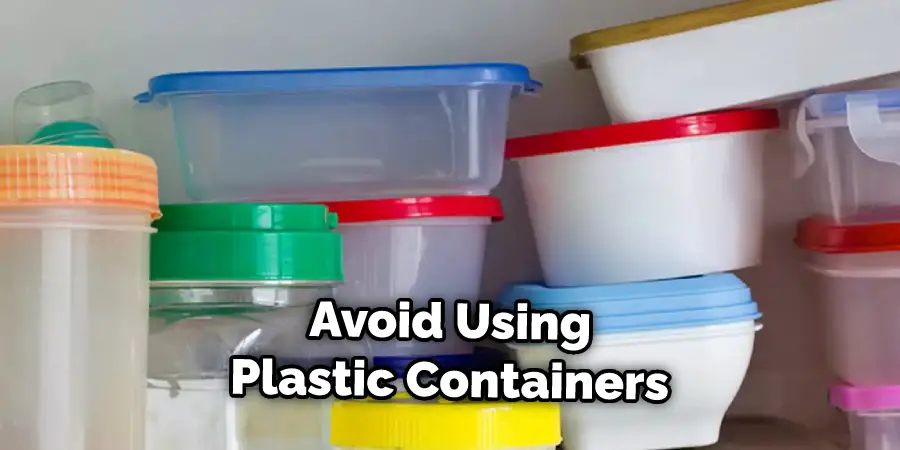Collecting and using rainwater can be fun and practical, saving money on water bills and reducing your carbon footprint. The good news is that you don’t necessarily need a roof over your head in order to benefit from rainwater collection!

Are you wondering how to collect rainwater without a roof? It may seem like an impossible task, but it is actually quite doable!
With the right containers, techniques, and strategies, capturing rainfall is surprisingly simple without having a covered space. This blog post will show you how to collect rain from outdoors using containers, buckets, or even homemade covers that can be used to decorate other items as well!
Is It Safe?
Yes, it is generally safe to collect and use rainwater. While you should use caution if collecting from areas exposed to air pollution or animal activity, rainfall is a naturally occurring and, therefore, clean water source.
The easiest way to collect rain without a roof is by using rain barrels, which are large containers that can store up to 55 gallons of collected water at a time. They usually come with lids that can be opened for easy filling and closed for storage when the area gets too dry.
You could also build or buy gutter systems specifically designed for harvesting rainwater from various surfaces. Keep reading to learn more about installing and using gutters for rainwater collection.

What Will You Need?
In order to collect rainwater without a roof, you will need the following materials:
- Containers such as buckets, barrels, or troughs
- Covers such as tarpaulins or sheets of plastic
- A location to place your containers outdoors (preferably close to a downward slope)
Once you have all the necessary materials, you are ready to begin collecting rainwater!
10 Easy Steps on How to Collect Rainwater Without a Roof
Step 1. Select the Area:
Find a place near your home with good drainage and easy access. It should also be located close to a downward slope, such as on a hill or incline, so the water can flow into your containers. If this isn’t possible, consider digging a small ditch or channel to help guide the water in.
Step 2. Place Containers:
Position your containers at the bottom of the slope so that they can easily collect rainwater. Make sure to secure them firmly against any wind or other elements. Additionally, you can create a makeshift cover to keep debris and animals out.

Step 3. Set Up Covers:
Place tarpaulins or plastic sheets over your containers so that it protects them from debris and pests but still allow rainwater to fill up inside of it. You can also use homemade covers made out of cloth or other materials to decorate the containers and protect them from the elements. There are a variety of designs that you can choose from, so have fun with them!
Step 4. Secure Covers:
Use rocks, stones, or sandbags around the edges of your covers to keep them from blowing away. This will also help prevent any accidental spills or escapes. Don’t forget to check on your containers periodically to make sure everything is in place.
Step 5. Connect Containers:
If you have multiple containers, consider connecting them with a hose or pipe so that they can all collect rainwater at the same time and fill up faster. This will also allow for easier transportation when it comes time to move your collected water elsewhere. Be careful when connecting containers; you don’t want leaks or spills.
Step 6. Monitor Water Levels:
Check your containers regularly to ensure that there is enough room left for more rainwater, and adjust the covers as needed. It’s important to remember that too much rain may cause overflow or even spillage if your system isn’t properly monitored! If the water is getting close to overflowing, consider redirecting it elsewhere or adding more containers.
Step 7. Protect from Debris:
Consider adding a filter to protect your collected water from debris and dirt. This will help keep the water clean and reduce the maintenance required in the future. Moreover, a filter will also help to make sure that your water is safe for consumption or other uses if necessary.

Step 8. Use Water Wisely:
Be sure to use your collected rainwater wisely! Try not to waste it or leave it exposed to sunlight for too long, as this can lead to contamination or the growth of algae or other microorganisms. It’s best to transfer the water into another container before using it or storing it away in a cool place.
Step 9. Dispose of Excess Water Properly:
If you find that you have excess rainwater, be sure to dispose of it properly by pouring it onto soil rather than down drains or bodies of water. This will help to keep the environment clean and reduce the chances of it causing any damage.
Step 10. Enjoy Your Rainwater Collection!
Once you have completed all these steps, you can enjoy your rainwater collection system! With the right amount of care and attention, this simple setup can provide you with an easy way to collect and use natural resources responsibly. Have fun collecting rainwater without a roof! Remember, it doesn’t take much to make a difference.
By following these steps, you can easily learn how to collect rainwater without a roof. By setting up the right containers and covers, monitoring water levels, and disposing of excess properly, you can use this natural resource wisely in order to conserve energy and help protect the environment.
5 Additional Tips and Tricks
- Consider investing in a rainwater harvesting kit, as this can make collecting rainwater even easier.
- Make sure to check your local regulations before collecting rainwater, as some areas may have restrictions in place.
- If you are looking to save money on your water bills, consider using collected rainwater for non-potable uses such as watering plants or flushing toilets.
- When setting up containers, make sure to position them in areas that will get the most sun exposure so that they can heat up and evaporate faster.
- For added protection from pests or debris, you can add a net or screen over your collection system. This will help keep out animals and unwanted materials while allowing rainwater to flow freely into your containers.
By following these steps and tips, you’ll be able to learn how to collect rainwater
5 Things You Should Avoid
- Do not place your containers in an area that is prone to flooding, as this can cause water contamination.
- Avoid using containers that are made from metal or plastic, as these materials may contain harmful chemicals that could contaminate the water.
- Do not let collected rainwater stand for too long; use it quickly or store it away in a cool and dark area.
- Avoid collecting contaminated water from areas with poor air quality, such as near factories or industrial sites.
- Stay away from areas where there is a lot of human activity, such as near roads or busy streets, as this could also lead to contaminated rainwater. By avoiding these things and following the steps and tips outlined above, you’ll be able to learn how to do it in a safe and effective manner. With a bit of knowledge, planning, and effort, you can use this natural resource responsibly for your own benefit or that of the environment. So get out there and start collecting today!

What is a Rain Saucer?
A rain saucer is a round, shallow dish-like device that can be used to collect and store rainwater. It consists of a flat base with upturned sides, which helps funnel the water into the container more easily. Rain saucers are typically made from materials like plastic or metal and can be attached to an existing structure, such as a gutter system, or placed on the ground for use in collecting runoff. Rain saucers are an easy way to collect and store small amounts of rainwater without having to install a full-scale collection system. They’re also lightweight, inexpensive, and require minimal maintenance.
By using a rain saucer in conjunction with other methods outlined above, you can easily learn how to collect and use rainwater without a roof. With a bit of effort, you can conserve energy, help protect the environment, and be a responsible user of this valuable natural resource.
Conclusion
Overall, how to collect rainwater without a roof is not as difficult as it may initially seem. While the rain barrel or container approach may be the easiest and most efficient, you can use plenty of alternatives to capture this precious resource.
Whether it’s using a tarp, gutter-style divert set-up, or planting water-wise plants that collect water drums directly into the ground, you have several options to get started harvesting rainwater straight from Mother Nature!
Begin your journey with sustainable and natural methods of collecting rain — you never know what creative ideas you may come up with. We may not always need the water we gather today, but our little efforts together certainly add to the larger picture in preserving our environment for future generations. Every drop counts!

